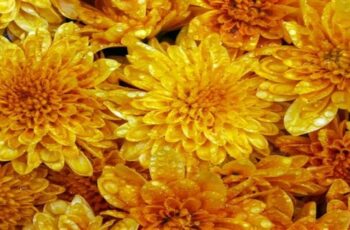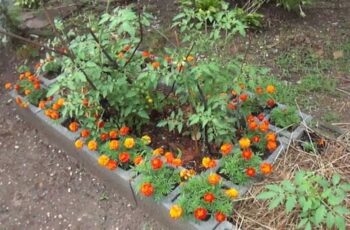Ad Blocker Detected
Our website is made possible by displaying online advertisements to our visitors. Please consider supporting us by disabling your ad blocker.
Pruning pepper plants for improved plant health and yields
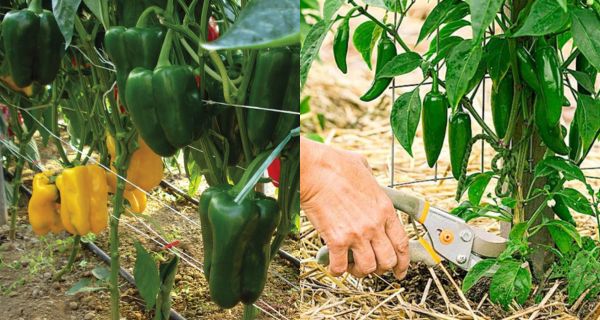
How To Prune Pepper Plants For Better Peppers And A Bigger Harvest!
The discussion regarding the pruning of tomato plants appears to be an ongoing topic in the realm of gardening. Numerous techniques exist, and each gardener staunchly believes their method to be the most effective. Consequently, the practice of pruning pepper plants, the second most favored crop in home gardens, often gets overlooked.
However, it is worth noting that pruning pepper plants can yield numerous advantages. While it’s perfectly acceptable for gardeners to refrain from pruning pepper plants, there are compelling reasons why providing these plants with a deliberate and appropriately timed trim can lead to significant rewards.
Reasons for pruning pepper plants
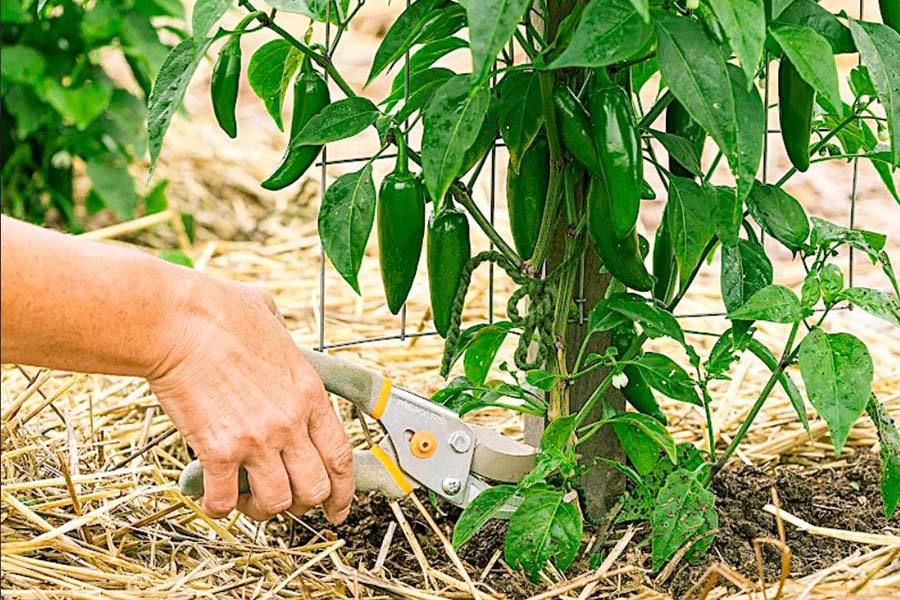
The importance of pruning pepper plants for gardeners depends on the timing of the pruning, as you’re about to discover. When done correctly, pruning at the right time promotes the growth of robust and resilient stems, encourages optimal branching, minimizes the risk of diseases and pests, facilitates quick and even ripening of fruits, and even enhances yields for many pepper varieties.
Is pruning pepper plants necessary?
Similar to tomatoes, the answer is no, pruning pepper plants is not a necessity. However, does it offer benefits? Absolutely. Is it mandatory to prune your pepper plants for a bountiful harvest? Definitely not. Nevertheless, once you have mastered the pruning techniques outlined below, there is no doubt that pruning pepper plants yields numerous advantages that make it a worthwhile investment of your time and effort.
When to prune pepper plants
Pepper plant pruning can be divided into three primary seasons, with the choice of pruning technique varying according to the season. These three seasons for pepper pruning are early season, mid-season, and late season. Let’s delve into each of these pruning periods and explore the specific techniques suitable for each timeframe.
Early-season pepper plant pruning
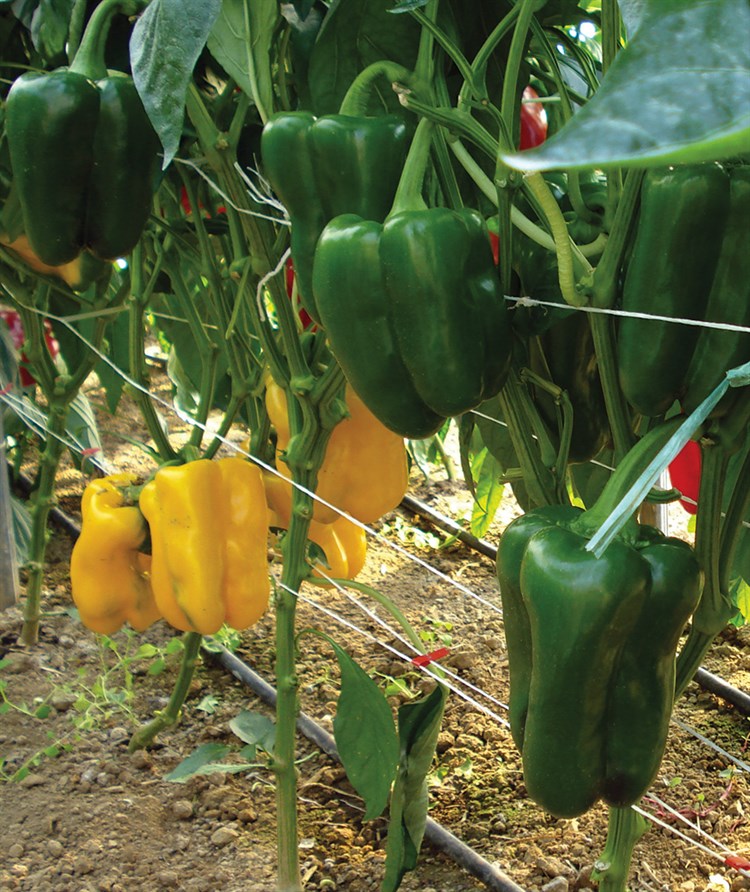
During the early season, pruning pepper plants aims to achieve several key objectives:
- Enhancing plant branching.
- Promoting robust root production.
- Ensuring proper air circulation around the plant.
Here are the three primary ways to prune pepper plants early in the season.
-
Prune off the growing point to improve the branching
When the pepper plants are in their early stages, it is recommended to prune out the main growing point. This can be done by removing the top ½ to 1 inch of growth, down to a set of leaves during the transplant stage.
This pruning technique, whether through pinching or pruning, stimulates branching and encourages bushy growth in young plants. It holds particular significance for small-fruited varieties that tend to have abundant branching, such as shishito, Thai hot, habanero, fish, jalapeno peppers, and many others.
However, this method of pruning is less crucial for bell peppers, poblanos, cubanelles, and other large-fruited pepper types that naturally grow into a sizable Y-shaped plant.
In fact, removing the growing point may hinder the growth of such large-fruited varieties. On the other hand, for small-fruited types, eliminating the central growing point early in the season leads to higher yields by encouraging more branching and a bushier plant with an increased number of flowers.
-
Remove early pepper flowers to encourage healthy roots
To enhance root growth, it is beneficial to prune off the initial set of flowers. While it may seem counterintuitive to remove flowers when you desire a plentiful pepper harvest, it is advantageous for young pepper transplants to prioritize the establishment of a robust and extensive root system before diverting energy toward flowering and fruit production.
By simply clipping off any flowers that emerge within the first 2 to 3 weeks after planting pepper transplants in the garden, you can expedite the process of plant establishment. If the nursery-bought plants already have flowers, it is advisable to remove them prior to planting.
-
Prune out extra side shoots for good air circulation
During the early season, it is recommended to prune young pepper plants down to a few main stems. This practice helps create an open structure and promotes ample air circulation within the plant.
By pruning pepper plants in this manner, the risk of diseases is reduced, and there is an increase in the penetration of sunlight to the plant’s interior.
This is particularly crucial as fungal diseases tend to thrive in moist and humid conditions. Removing excess side shoots, especially those originating near the base of the plant, facilitates air movement and aids in the rapid drying of foliage after rainfall, mitigating the potential for disease development.
Mid-season pruning of pepper plants
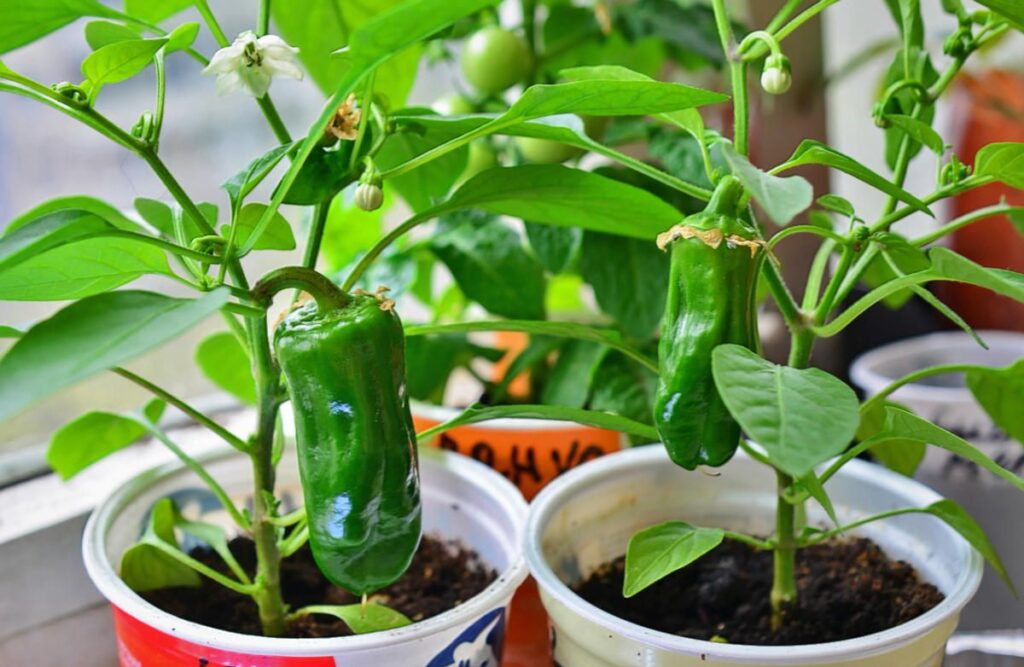
During the summer, the primary objectives of pruning pepper plants are as follows:
- Safeguarding against pests.
- Limiting the occurrence of diseases.
- Preventing the plants from becoming excessively burdened with foliage weight.
Here are the three primary ways of pruning pepper plants in the middle of the season.
-
Pruning pepper plants to limit pests means removing the lowest leaves
To protect pepper plants from ground-dwelling pests, it is advisable to prune off the lower leaves. Pests such as slugs and snails are particularly attracted to pepper foliage. When the leaves come into contact with the soil or are in close proximity to the ground, it becomes easier for these pests to reach their preferred food source.
Utilize a sharp pair of clippers to remove all the bottommost leaves from your pepper plants until the lowest 6 to 8 inches of the stem are free of foliage. This practice helps deter pests and safeguards the health of your pepper plants.
-
Prune to prevent pepper diseases and limit their spread
To prevent the spread of diseases, it is recommended to prune off any damaged leaves from pepper plants. Additionally, removing leaves that come into contact with the soil helps discourage the occurrence of soil-borne diseases.
Fungal diseases tend to propagate rapidly from one leaf to another. By regularly pruning pepper plants and eliminating yellowing, spotted, or decayed leaves on a weekly basis, the risk of common fungal diseases affecting peppers can be significantly reduced.
It is also important to trim off any leaves or branches that directly touch the soil, even if they are situated higher up on the plants, and arch down to make contact with the ground. This preventive measure helps maintain a healthy and disease-free environment for the pepper plants.
-
Trim off the suckers to encourage good plant form
To maintain a well-formed plant structure, it is advised to remove suckers from large-fruited pepper varieties. Peppers such as bell peppers and similar types naturally grow in a Y-shaped pattern. It is recommended to prune off any suckers that disrupt this natural shape.
Suckers are small shoots that emerge from the nodes where the leaves meet the stems. Allowing suckers to grow unchecked leads to a top-heavy plant that expends excessive energy on leaf and stem growth, rather than fruit production.
However, it is important to note that you should NOT remove suckers and side shoots from smaller-fruited pepper varieties that exhibit a bushier growth habit. For these particular varieties, the more shoots present, the greater the potential harvest of fruits.
